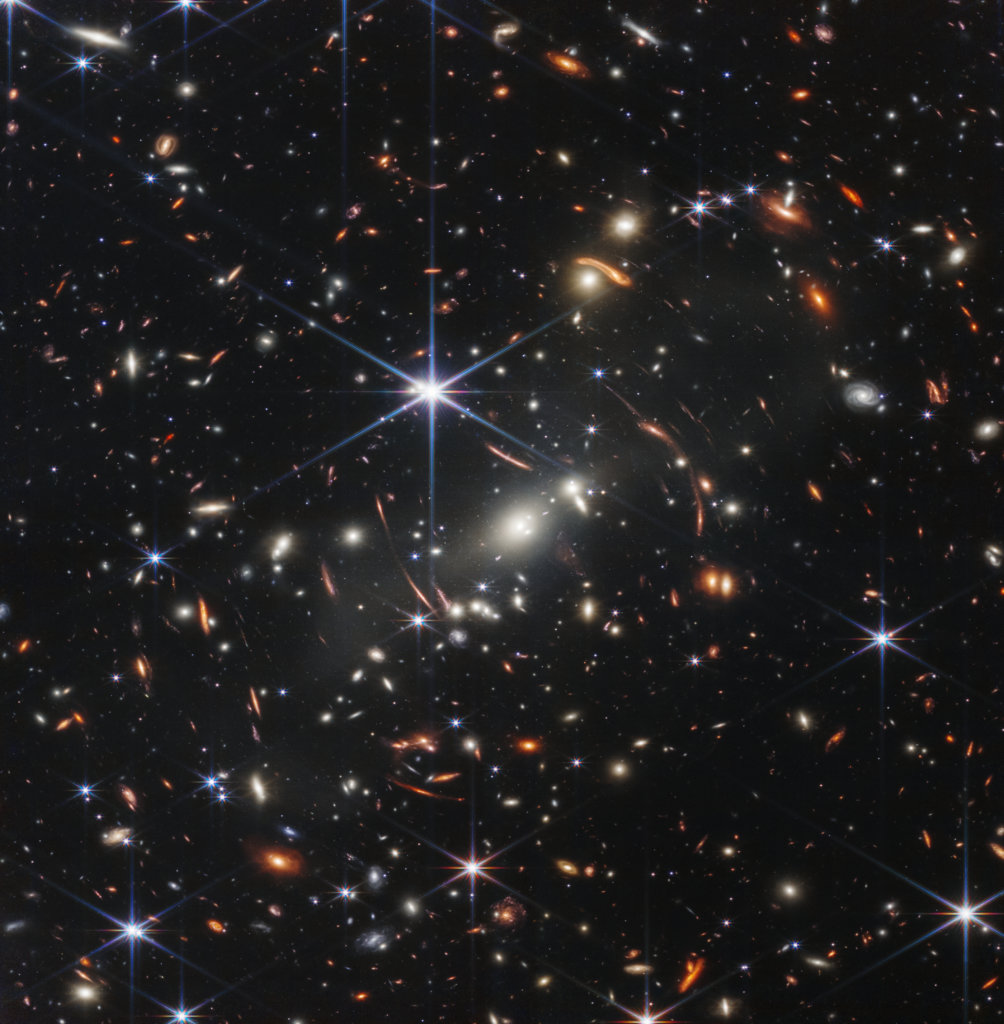Missouri Company Designs Upgrades That Make NASA’s Deep Space Network, James Webb Images Possible
- July 28, 2022

When NASA’s James Webb Space Telescope revealed its first public photos from deep in the center of the universe, it was big news. But did you know that a Missouri company is to thank for it?
CRB, an engineering firm based in Kansas City, Missouri, has been working on the Earth-bound devices that received the signal carrying the images from James Webb, gathered by NASA’s Deep Space Network.
CRB has been working on the Deep Space Network antennas providing MEP (mechanical, electrical and plumbing) upgrades to the facilities since 2018. This is the first significant MEP upgrade to the facilities since they were built in the 1960s.
Each facility is 16 million pounds, with an 8-million-pound instrument sitting atop an 8-million-pound building. Each antenna measures 230 feet in diameter and is placed at 120 degrees latitude so the three can see everything in deep space.
“The rotational part, the antenna or instrument, floats on a layer of film about the thickness of paper as it rotates and does its thing, tracking different spacecraft in outer space,” said Jeff Wegner, Mechanical Engineer at CRB.
Notably, the Deep Space Network is following Voyager I and II, both launched in 1977. Voyager I left our solar system in 2012, and Voyager II left in 2018, around the time CRB became involved, Wegner said. The satellites also follow the Missouri-powered Mars rover, Perseverance, which landed in 2021.
“And then most recently, we started getting images from James Webb, so that’s been exciting,” Wegner said.
Missouri has a long history of powering NASA’s space program, including the InSight Lander, which is currently on the surface of Mars, NASA’s OSIRIS-Rex spacecraft and the International Space Station. Missouri has been a key part of the U.S. space program since the 1950s, driving the development of the Mercury and Gemini space programs and the CST-100 Starliner.
What Next?
- Talk to our CEO, Subash Alias, about business expansion opportunities at 314.932.3973 or via our contact form.
- Check out our available certified sites & buildings for your site selection needs.
- See how Missouri’s business climate ranks in comparison to other states in the U.S.
- Learn more about why Missouri is a top state for energy solutions & aerospace business locations and investment.